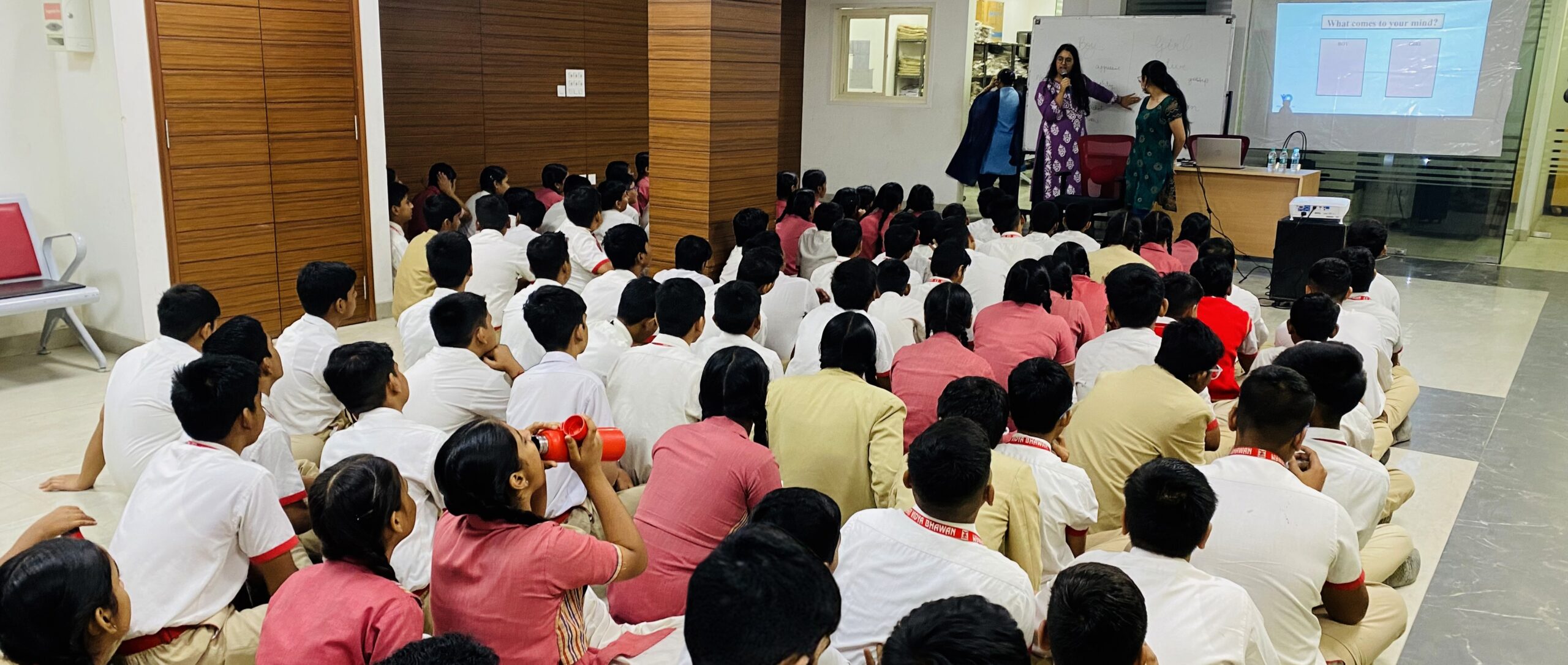Allowing private schools to operate as for-profit entities, easing regulations, establishing an independent regulator, and prioritising learning outcomes as the foremost indicator of success, can uplift a stagnant education system.
Life during the many lockdowns may become a distant memory, but one need only scratch the surface to find the lingering impact of the pandemic, especially on school education. The last ASER report on foundational learning noted a significant fall in basic reading ability to pre-2012 levels across government and private schools, reversing the slow improvement in the intervening years. Basic arithmetic levels have also declined nationally for most grades since 2018. 20,021 schools closed down in 2021-2022, mainly private and ‘other management’ schools (UDISE+ report 2021-2022). Many were low-fee or budget private schools.
According to the State of Sector Report: Private Schools in India, 2021, nearly 80% of private schools are small schools charging low fees, contrary to popular belief that only the affluent educate their children at private schools. The report also states that around 70% of students attending these schools belong to middle or low-income families and pay less than Rs.1,000 a month; 45% pay less than Rs. 500 a month. Budget private schools or BPSs rely heavily on school fees for revenue, a dependence that left them cash-strapped when parents, mostly from low-income groups, were unable to pay school fees during the lockdown. The widespread non-payment of fees deeply impacted revenues and left budget private school owners in debt, unable to pay back loans taken from private financiers and banks to meet rent, salaries and other recurring expenses. With no respite from the government, closures were inevitable.
Roughly half of India’s student population is enrolled in privately managed schools, making it imperative for any intervention to enhance learning outcomes to consider their substantial presence.
Complex Regulations Govern Private Schools, Over-Regulating Inputs, Under-Regulating Learning
To give a sense of scale, 8.7 crore students study in 3.5 lakh private unaided schools (State of the Sector, 2021). Roughly 2.8 lakh schools fall under the low-fee/ budget/ affordable classification. Low-fee schools provide education at one-third the cost of government schools and fare marginally better on learning parameters (Ease of Operating Budget Private Schools in India, 2022).
The enrollment share of private unaided schools rose from 9% in 1993 to 35% in 2017, driven by rising income levels and a subsequent rise in demand for high-quality private education. Almost 20% of incomes across rich and poor households are spent on children, particularly on ‘good education’ (ibid.) But the supply is unable to cope with the demands of 88 million students enrolled in 400,000 unaided private schools, neither in quantity nor quality.
Barriers to quality education begin at the onset with heavy regulations on entry, operations, and scale. For example, opening a private school in Delhi requires 125 documents and applications to move through at least 155 steps within the Directorate of Education (Ibid.). Furthermore, the mandate that schools can only operate either as a non-profit trust or society deters banks and financial institutions from providing credit. It is also a deterrent for entrepreneurs with the zeal and experience to invest in affordable schools.
While existing regulatory and licensing requirements make it extremely difficult for new schools to set up, the existing infrastructure is crumbling. Operational requirements – infrastructure, teacher salaries, fee increases, admin processes, etc.- are challenging for low-fee school owners who lack the financial and management resources to comply. Operating as trusts and societies under the Societies Registration Act or the Indian Trusts Act, most private schools do not maintain reliable accounts and engage in cash transactions, resulting in their financial exclusion by credit institutions.
Budget Private Schools owners invest in ‘visible’ indicators of learning standards like computer labs, low-teacher absenteeism, and heavy advertising of English-medium instruction. In the absence of standardised test scores – 60% of BPSs do not extend to board classes – parents find it hard to assess the quality of education their children receive and are ill-equipped to make demands of school owners.
Funds alone cannot improve the quality of education but they can shape outcomes, coupled with improved governance and accountability structures.
Creating an Open, Transparent & Accountable Education Sector Focused on Quality Learning
The challenge and the solution lie in nurturing parental demand for quality school education driven by quantifiable learning outcomes.
Allowing private schools to operate as MSMEs instead of non-profit organisations would result in easy credit access, ensure financial transparency and accountability, and attract investment as well as entrepreneurial talent. With Maharashtra and Haryana allowing schools to register as corporate bodies, the call for converting education into for-profit structures is growing louder, but it will be some time before investors start venturing into affordable schools. In the interim, philanthropic funding can be encouraged to invest in improving pedagogy, curriculum, etc. and other such measures to improve the status quo. Their active intervention can also encourage non-banking institutions to create credit options tailored to meet the challenges of low-budget schools.
Currently, the state regulates private schools while competing with them for enrollment. To ensure a level playing field, an independent regulator representative of all stakeholders in education – government, private school operators, teachers, parents, etc. – is required. The NEP provides for an independent State School Standards Authority to rectify this issue of regulation asymmetry. This body can also be tasked with conducting standard learning assessments (or key stage assessments, also provisioned in the NEP) which can serve as the barometer of learning in all schools regardless of management type.
An open, transparent, and fair education sector incentivizes all stakeholders to compete on one parameter alone – learning outcomes.
Post Disclaimer
The opinions expressed in this essay are those of the authors. They do not purport to reflect the opinions or views of CCS.






